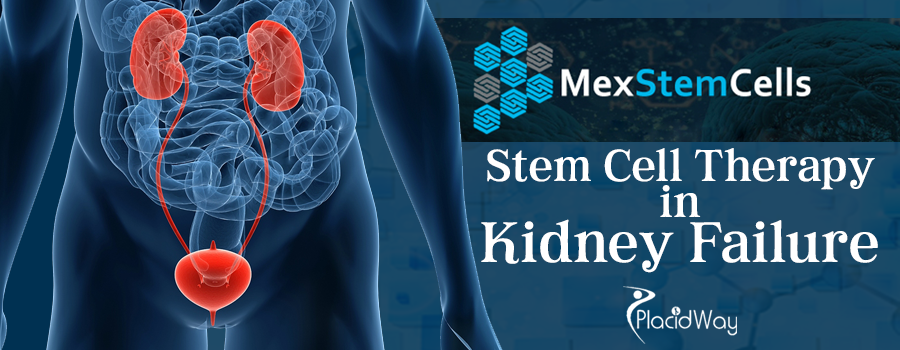


Due to impaired bone marrow function and more often therapy related, cancer patients frequently present thrombocytopenia with a platelet count (PLC) ≤50 × 10 9/L which does not preclude from CV events ( 3, 4). If ASA is indicated for the secondary prevention of CV events, the evaluation of risk factors for bleeding and a prolonged time of thrombocytopenia before conditioning is crucial to adapt the strategy for ASA intake during thrombocytopenia.Ĭardiovascular (CV) disease is common in patients with cancer ( 1, 2). CV events occurred in three patients none of them took ASA or had an indication for APT.Ĭonclusions: The intake of ASA until thrombocytopenia with a platelet count of 20–50/nl appears safe, although an elevated risk cannot be excluded. The risk factors for bleeding in multivariate analysis were the duration of thrombocytopenia 60 years, a hematopoietic stem-cell transplantation comorbidity index ≥3, and an impaired bone marrow reserve at admission. A tendency toward a higher risk for bleeding events in the ASA group was demonstrated (1.9% (control group) vs. This range reflects the kinetics of thrombocytopenia and nondaily measurements of platelets during ASCT. Most of the patients (41/57) continued ASA until they had a platelet count of 20–50/nl. Results: There were 57/1,113 patients who continued ASA until at least 1 day after ASCT thus, a continuous platelet inhibition during thrombocytopenia was assumed. Methods: We assessed patients who underwent ASCT at the Heidelberg University Hospital between 20 for bleeding events, management strategies for ASA intake during thrombocytopenia, transfusion requirements, and the occurrence of CV events. The purpose of this study was to assess the risk for bleeding with APT during thrombocytopenia in patients with multiple myeloma undergoing high-dose chemotherapy and subsequent autologous stem-cell transplantation (ASCT) with and without acetylsalicylic acid (ASA) as comedication.

6Klinikum Ernst von Bergmann–Department for Hematology, Oncology and Palliative Care, Potsdam, Germanyīackground: In patients with cardiovascular (CV) comorbidities that necessitate antiplatelet therapy (APT), its optimal management during chemotherapy-induced thrombocytopenia remains elusive, as the risk of bleeding has to be balanced against the risk of CV events.5Institute of Medical Biometry (IMBI), University Hospital Heidelberg, Heidelberg, Germany.4Department of Medicine III–Cardiology, Angiology and Intensive Care, University Hospital Heidelberg, Heidelberg, Germany.3Clinic for Cardiology and General Internal Medicine, Städtisches Klinikum Solingen gemeinnützige GmbH, Solingen, Germany.2Department of Hematology and Stem-Cell Transplantation, University Hospital Essen, Essen, Germany.1Department of Medicine V–Hematology, Oncology and Rheumatology, University Hospital Heidelberg, Heidelberg, Germany.Nina Rosa Neuendorff 1,2, Boryana Boshikova 1,3, Lutz Frankenstein 4, Marietta Kirchner 5, Christian Rohde 1, Hartmut Goldschmidt 1, Norbert Frey 4, Carsten Müller-Tidow 1, Karin Jordan 1,6, Sandra Sauer 1 and Maike Janssen 1*


 0 kommentar(er)
0 kommentar(er)
